Special effect
Textile printing special effects are techniques that are used to create unique and visually appealing prints on fabrics. These techniques can be used to create a wide range of effects, from subtle to dramatic.
Some of the most common textile printing special effects include:
Foil printing: Foil printing involves applying a thin layer of metallic foil to the fabric. This can be done using a variety of methods, including screen printing, rotary printing, and digital printing. Foil printing is often used to create luxurious and eye-catching prints on clothing and home furnishings.
- Flock printing: Flock printing involves applying a short pile of fibers to the fabric. This can be done using a variety of methods, including screen printing and flock printing machines. Flock printing is often used to create soft and velvety prints on clothing and toys.
- Glitter printing: Glitter printing involves applying a layer of glitter to the fabric. This can be done using a variety of methods, including screen printing and glitter printing machines. Glitter printing is often used to create festive and eye-catching prints on clothing and accessories.
- Glow-in-the-dark printing: Glow-in-the-dark printing involves applying a layer of phosphorescent ink to the fabric. This ink absorbs light and then emits it in the dark. Glow-in-the-dark printing is often used to create fun and whimsical prints on clothing and home furnishings.
- 3D printing: 3D printing can be used to create raised prints on fabrics. This is done by applying a layer of ink to the fabric and then curing it with a UV light. 3D printing can be used to create a wide range of effects, from subtle to dramatic.

Semi Flock Paste
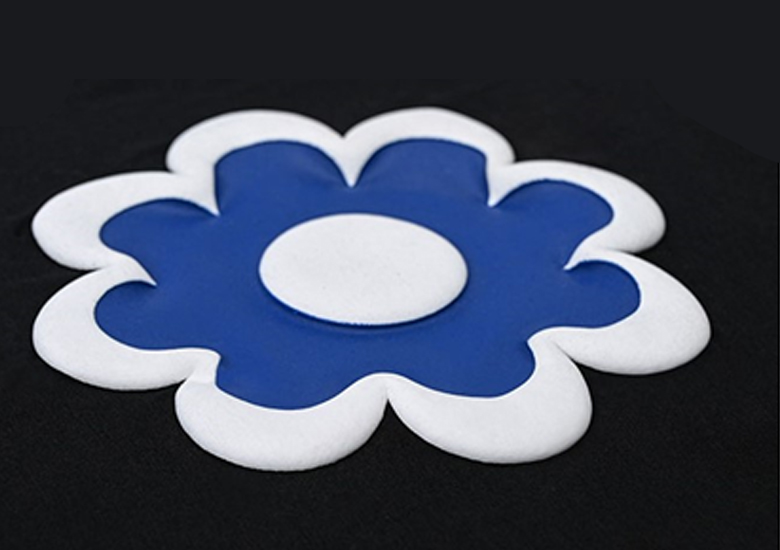
Foam Paste
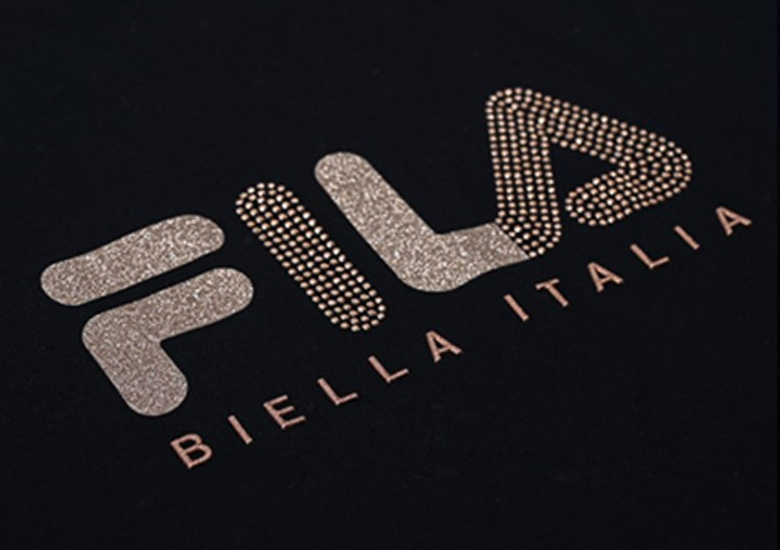
Glitter Binder
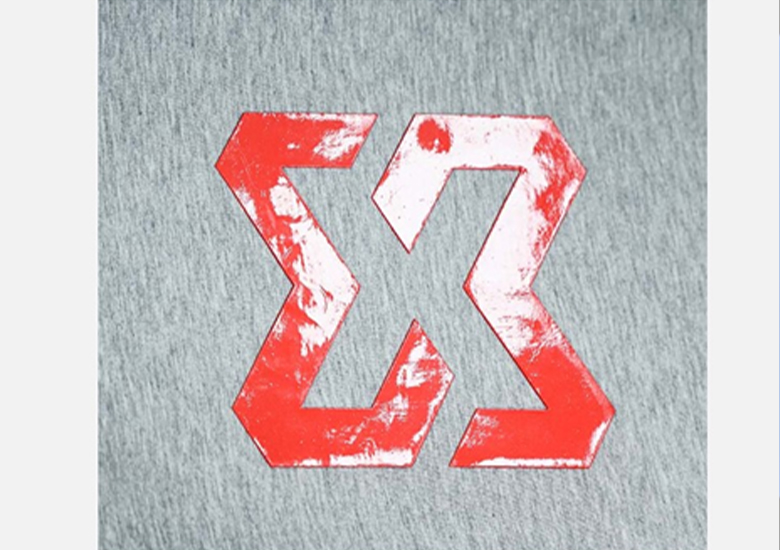
Glossy Covering Paste

Matt Covering Paste
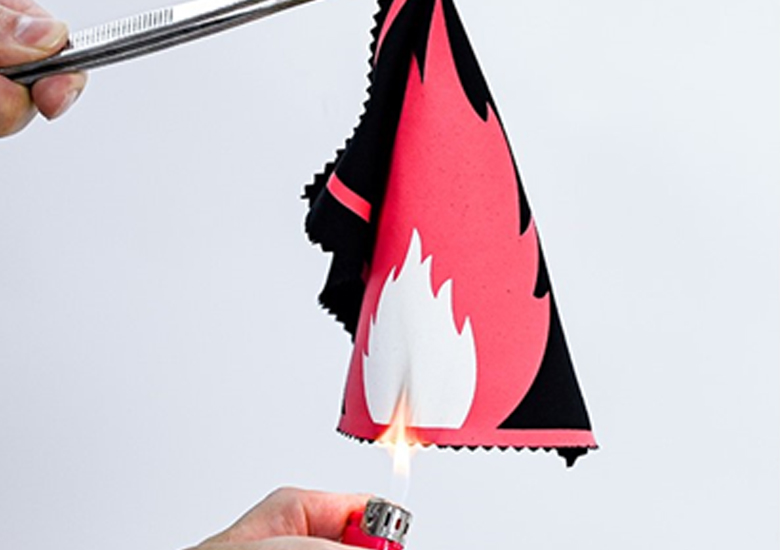
Fire Proof White Paste & Clear Paste
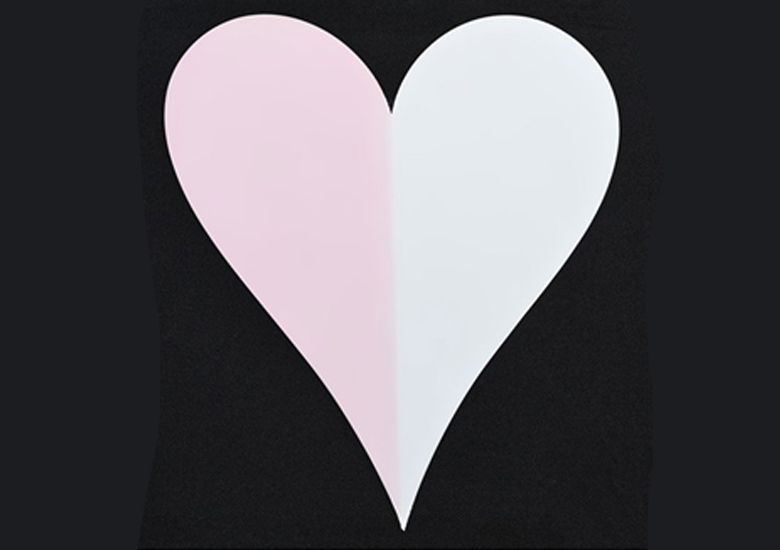
Anti Migration Paste

Fire Proof Clear Paste
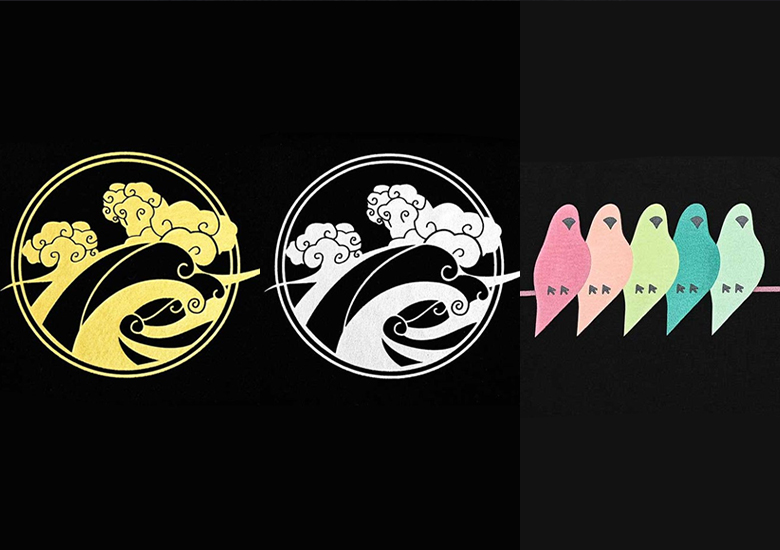
Semi Foil Paste Gold, Silver & Peal Paste

